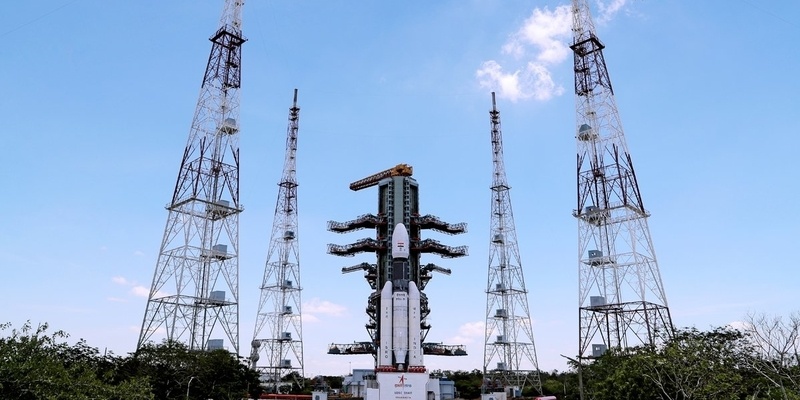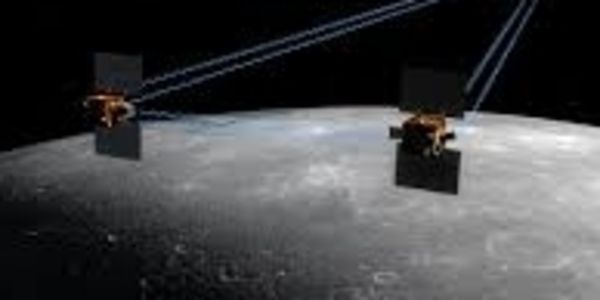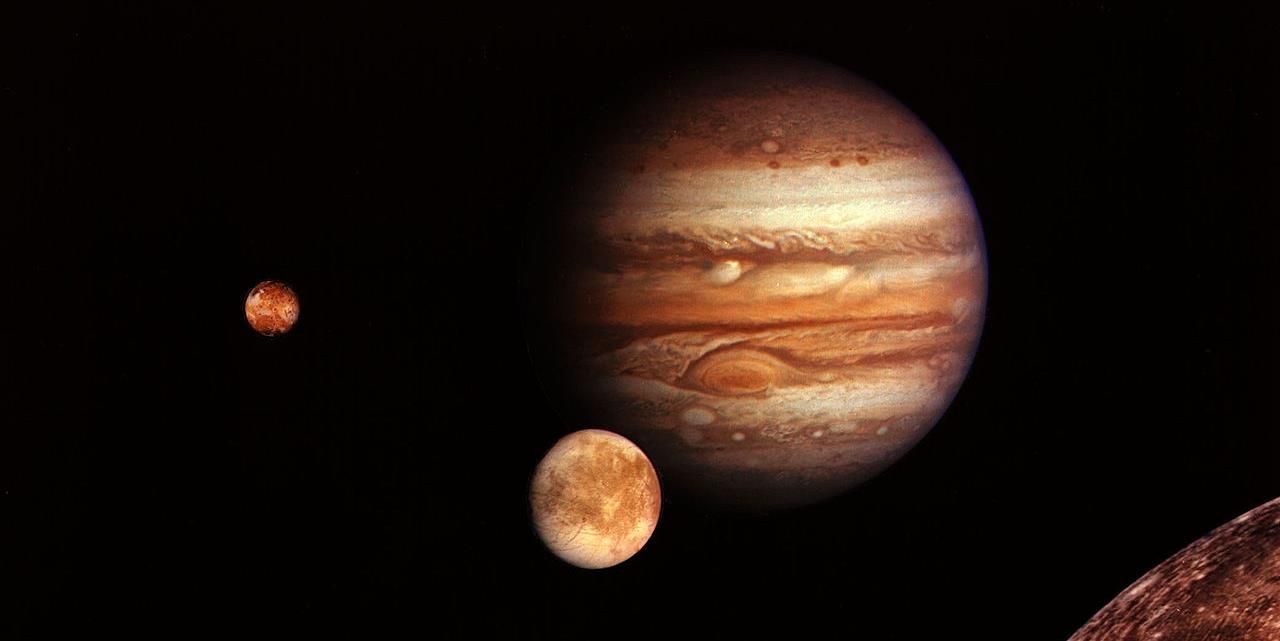India’s Youngest Analog Astronaut Is Aiming for the Moon and Mars
At an age when most children are still exploring hobbies, 13-year-old Iniya Pragati from Chennai is already walking a path that could change the future of space exploration for India. She has become the country’s youngest analog astronaut after completing a high Arctic Martian research mission on Devon Island, often called “Mars on Earth” because of its barren, rocky, Mars-like environment. This remarkable achievement is not just about her youth; it is about determination, passion, and an unshakable dream of exploring beyond Earth.The Arctic Mission: “Mars on Earth”Devon Island in the Canadian Arctic is known as the largest uninhabited island in the world. Its harsh, isolated, and rocky terrain makes it one of the closest environments to Mars found on Earth. Scientists use this landscape to study how humans might survive and work on Mars. Iniya successfully completed her Martian research mission here, making her India’s youngest explorer to brave such extreme conditions. For a teenager from Chennai, this was no ordinary field trip; this was training to live like an astronaut in a hostile environment, preparing for the challenges of outer space. Her vision is clear and structured. Like a true astronaut-in-the-making, she sees space travel as a series of steps: start with low Earth orbit, then the Moon, and finally Mars. From Stargazing at Five to NASA TrainingIniya’s love story with space began when she was just five years old, staring at the night sky. What was a simple act of stargazing for many children turned into a life mission for her. Now, that childhood dream has taken her to the doorstep of real training. She has already been selected for NASA’s 10-day space training programme in 2026, which will make her the youngest Indian to join such a prestigious program.Mars Ambassador: Inspiring the Next GenerationBeyond her personal dreams, Iniya has taken on the role of a Mars Ambassador. This title is not just ceremonial; it comes with responsibility. She engages with students, explaining the importance of space sustainability and motivating them to pursue science. Her role underlines an important fact: space exploration is not only about rockets and astronauts but also about education, awareness, and inspiring young minds to dream big. Iniya’s journey is not limited to space. She also actively supports the United Nations’ 17 Sustainable Development Goals (SDGs), especially quality education for girls. For her, progress on Earth is as important as progress in space. Her journey also highlights the importance of community and support. Without sponsors, mentors, and encouragement, dreams like hers could fade. By supporting young explorers like Iniya, society invests not just in one child but in the future of science, exploration, and humanity itself.A Future Astronaut in the MakingIniya Pragati’s life is just beginning, but she has already charted a course that stretches beyond Earth. With Arctic missions behind her, NASA training ahead, and her sights on the Moon and Mars, she embodies a new generation of explorers who will define the future of space travel. Her story is both a message of hope and a call to action that young people, when encouraged, can push the limits of what is possible. Her words echo as both promise and inspiration.





.jpg)
.jpg)
.jpg)
.png)
